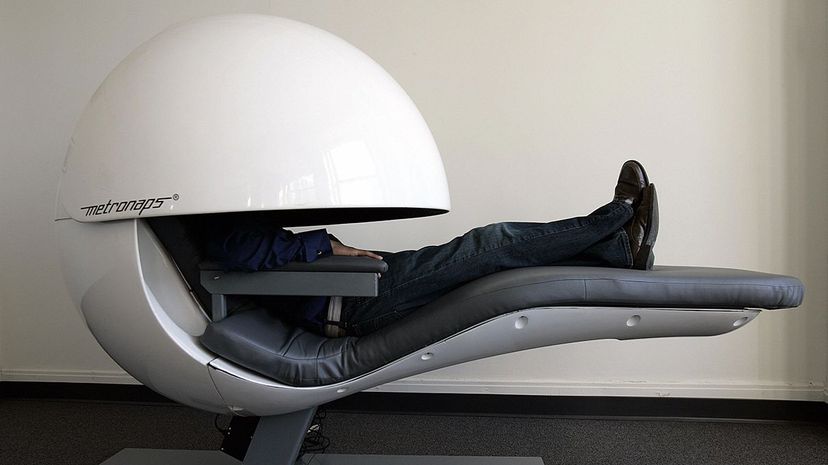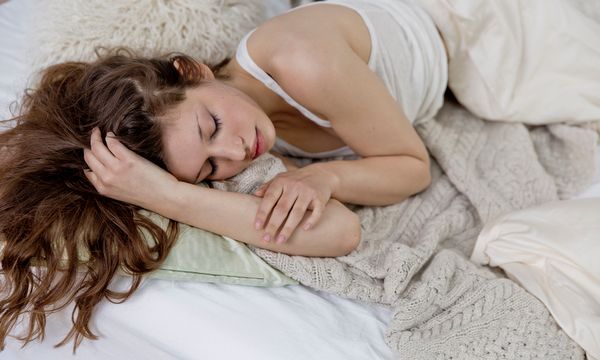
Ah, high school memories: football games, yearbooks, proms ... and good old-fashioned nap time? Based on National Institutes of Health stats, 70 percent of U.S. high school students don't sleep enough on school nights. In fact, a 2014 NSF Sleep in America poll indicated that more than half of the 15- to 17-year-olds surveyed got seven hours or less of sleep every night. Now, high schools are experimenting with remedies for students' sleep deprivation, including midday naps.
Some schools have adopted later start times to help students get more sleep. Some offer students guided meditation and mindfulness sessions to combat stress and fatigue. And in 2016, Stanford University students trained high school students to be "sleep ambassadors" and teach their peers the importance of sufficient sleep.
Advertisement
Another option? Snoozing stations. Many companies and colleges already have nap pods. But now, these pods are in the fight to refresh sleep-deprived high school students.
Las Cruces High School in New Mexico was in the spotlight recently after a federal grant allowed the school to buy nap pods, reclining chairs with orb-shaped enclosures and relaxing music designed to shut out distractions. But it's not the only high school with these pods. According to local news station KVIA, students at Chaparral High School and Onate High School in southern New Mexico can also doze in one.
Christopher Lindholst, CEO of Restworks (which provided the pods at Las Cruces) and co-founder of MetroNaps, confirms an increase in demand for pods for high schools and universities via email. "We have seen significant upswing in these installations in the last 24 months in both the U.S. and international markets." This is due to an awareness of the importance of sleep, he says, and a combination of societal pressures and technologies that cause sleep deprivation.
Is this a wake-up call for students? According to the National Sleep Foundation (NSF), teenagers usually require eight to 10 hours of sleep per night, but more often than not, their actual sleep time is insufficient. And in the aforementioned Sleep in America poll, 81 percent of parents surveyed said inadequate sleep had an impact on their kid's performance in school.
But naps aren't all positive. Short naps or power naps (less than 30 minutes) could help teenagers who are sleep deprived, but Kumar says that shouldn't be the norm. Poor sleeping habits result in sleep debt, and naps don't really allow students to catch up when the debt is high. It's best to have a bedtime and a wake-up time, seven days a week, to maintain a healthy sleep schedule.
Kumar, who is also the medical director at the Sleep Disorders Center at Wake Forest Baptist Health, says one of the important things that her team tells teenagers who complain of insomnia is to ditch devices, like smartphones and computers, before heading to bed. "The LED blue light that emanates from the gadgets prevents a good night's sleep," she says.
So, there's good reason for teens to get some shut-eye during the school day, but creating good nighttime sleep habits is paramount. Lindholst, who takes a 14-minute nap every workday afternoon, reminds us, "Napping is not a replacement for night time sleep, but the natural circadian rhythm of humans (young people also) supports a brief rest during the day." Teenage pod nappers unite!
Advertisement
